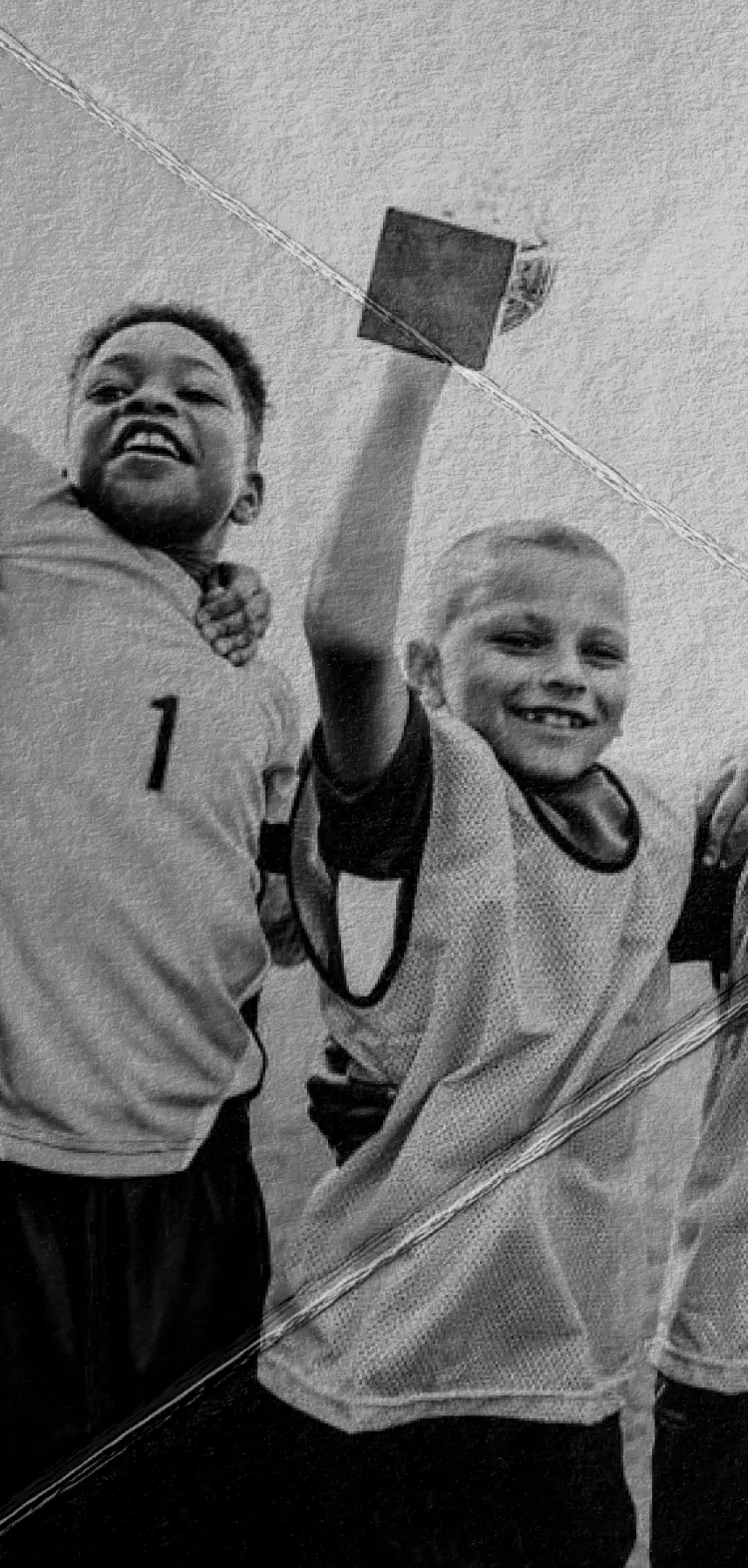The journey of socioeconomically disadvantaged athletes is one that intertwines resilience, dedication, and a series of daunting challenges. These young individuals often grow up in environments marked by high allostatic loads—a term referring to the chronic stress caused by factors like poverty, single-parent households, and limited educational opportunities. This stress doesn’t just weigh on their shoulders; it impacts their cognitive and behavioral development, making it harder for them to keep up with peers who enjoy more favorable circumstances.
For these athletes, the path to realizing their dreams is far from a straightforward sprint. From a young age, they are expected to show discipline and sacrifice that go beyond what most children their age would ever encounter. Whether it’s waking up early to train or foregoing social activities to focus on their sport, they dedicate themselves entirely, knowing that talent alone isn’t enough. As the stakes grow higher, so do the barriers. Access to quality coaching, advanced facilities, and proper nutrition—often out of reach for those from lower-income households—becomes the dividing line between potential and opportunity.
What makes this journey even tougher is the reality of their long-term prospects. According to the NCAA, fewer than 2% of student-athletes make it to the professional level. For disadvantaged athletes, this statistic can feel like an insurmountable wall, compounded by the systemic inequities they already face. They are not just competing against other athletes but also against the weight of their circumstances.
However, it’s not all bleak. These athletes embody a level of grit and resilience that many would find inspiring. While the professional sports route may remain elusive for most, their journey is often a testament to their strength, adaptability, and determination. Many find success beyond the field, leveraging the skills and discipline they’ve honed through sports into other career pathways.
The story of socioeconomically disadvantaged athletes reminds us of the importance of holistic support. Programs that focus on mental and physical health, educational assistance, and alternative career planning can make a world of difference. These athletes may start their journey with more challenges than most, but with the right resources and encouragement, they can build futures that go far beyond the playing field.









